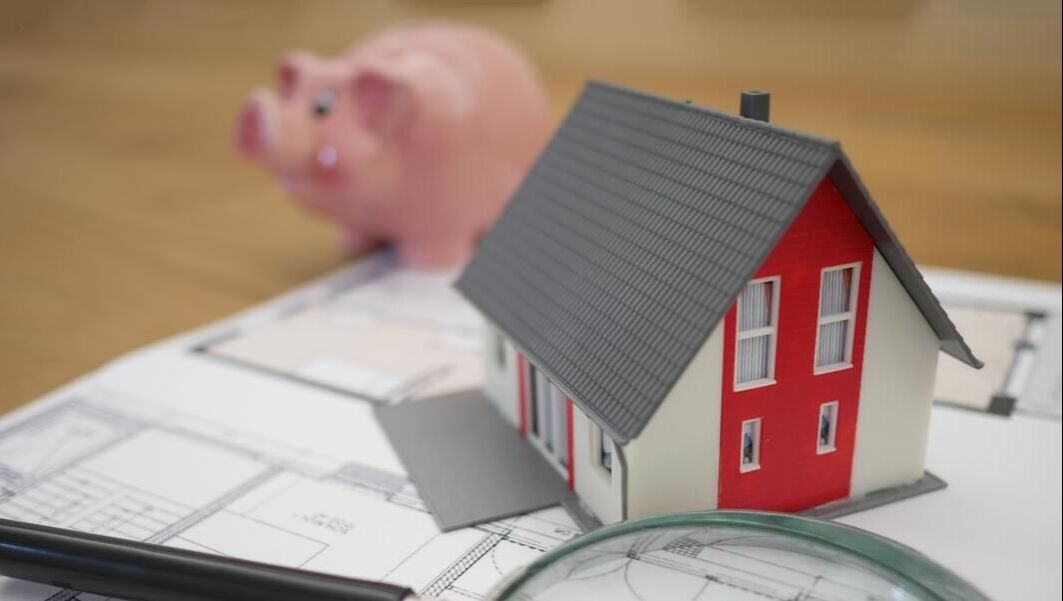|
With interest rates at an all-time low, and many lender’s fixed rates lower than their variable options, locking in an interest rate on your home loan to guard against possible future fluctuation may be attractive. However, it pays to know the ins and outs of fixed-rate loans before committing to one.
When purchasing a property, refinancing, or just renegotiating with your current lender, borrowers can generally decide between fixed-interest loans that maintain the same interest rate over a specific period, or variable-rate loans that charge interest according to market rate fluctuations. Fixed-rate loans usually come with a few conditions: borrowers may be restricted to maximum payments during the fixed term and can face hefty break fees for paying off the loan early, selling the property, or switching to variable interest during the fixed-rate period. However, locking in the interest rate on your home loan can offer stability. For those conscious of a budget and who want to take a medium-to-long-term position on a fixed rate, they can protect themselves from the volatility of potential rate movement. Fixed rates are locked in for an amount of time that is prearranged between you and your lender. Some lenders that offer seven-year or 10-year fixed terms, but generally one to five years are the most popular. The three and five-year terms are generally the most popular for customers because a lot can change in that time. Further to this, fixed-rate loans can also be pre-approved. This means that you can apply for the fixed-rate loan before you find the property you want to buy. When you apply for a fixed rate, you can pay a fixed rate lock-in fee also known as a ‘rate lock’, which will, depending on the lender, give you between 60 and 90 days from the time of application to settle the loan at that fixed rate. With some providers, this fixed rate lock in may be free, such as with Adelaide Bank or Macquarie Bank. With other providers, the fee could range between 0.12% of the loan amount or more, or a flat fee of anywhere between $350-$750. If this is an important feature for you, then the cost of the fixed lock in should absolutely be factored into your understanding of what the proposal will cost you all things considered. It will also depend on the lender as to whether the rate lock will be applied on application or approval. It is important to be really clear on this element, to ensure there is no uncertainty. Pre-approval helps you to discern how much money you are likely to have approved on the official application. Knowing that your potential lender will offer a fixed-term, fixed interest loan gives further peace of mind for those borrowers looking to budget precisely rather than be susceptible to rate fluctuations. Borrowers should also consider the possibility of arranging a ‘split’ loan. This option allows you to split your loan between fixed and variable rates – either 50/50 or at some other ratio. This can allow you to ‘lock-in’ a fixed interest rate for up to 5 years on a portion of your loan, while the remainder is on a variable rate which may give you more flexibility when interest rates change and potentially minimize the risks associated with interest rate movements. Also, be aware that at the end of the fixed-rate term, your loan agreement will include information about how the loan will then be managed by the lender, usually to a ‘revert’ variable rate – which may not be the lowest the lender offers. You should be absolutely discussing your plans for your loan with your broker in the lead up to the expiry of your fixed rate, to ensure that you achieve the best possible outcomes! Want to know more about how to finance your property purchase and whether or not you're eligible for pre-approval, or to review your existing lending? Feel free to reach out, book a meeting and let's chat! Comments are closed.
|
AuthorRachael Bland – Founder & CEO Archives
February 2024
Categories
All
|
|
Privacy | Credit Guide | FAQs | Calculators
T: 0421 73 88 30 | E: [email protected] Credit Representative Number: 427013 | Australian Credit Licence Number: 391237 | MFAA Accredited Credit Advisor 150638 | Copyright © 2019 Get Smart Results Pty Ltd |
Website by Mint Creative Circle
|




 RSS Feed
RSS Feed
